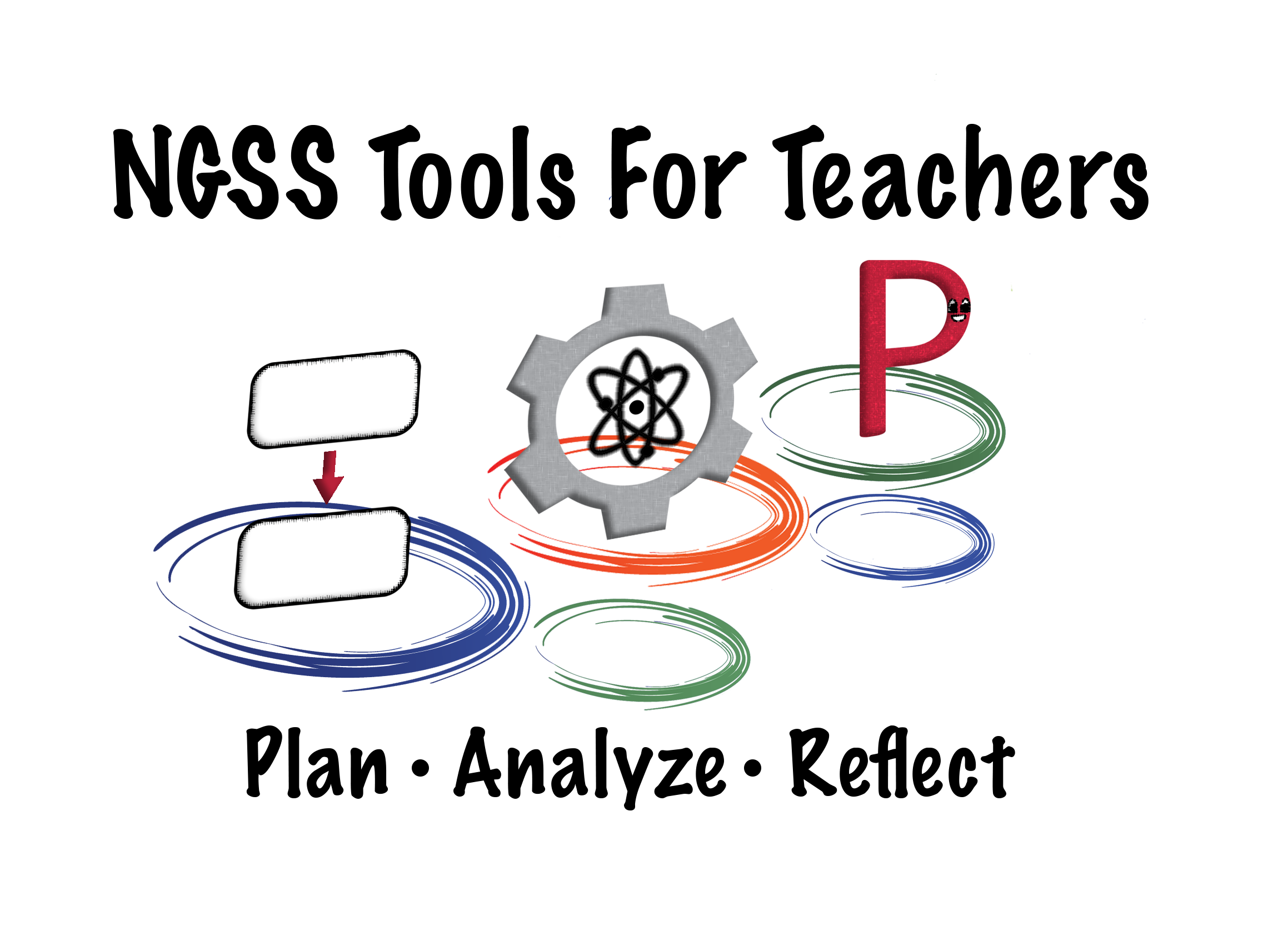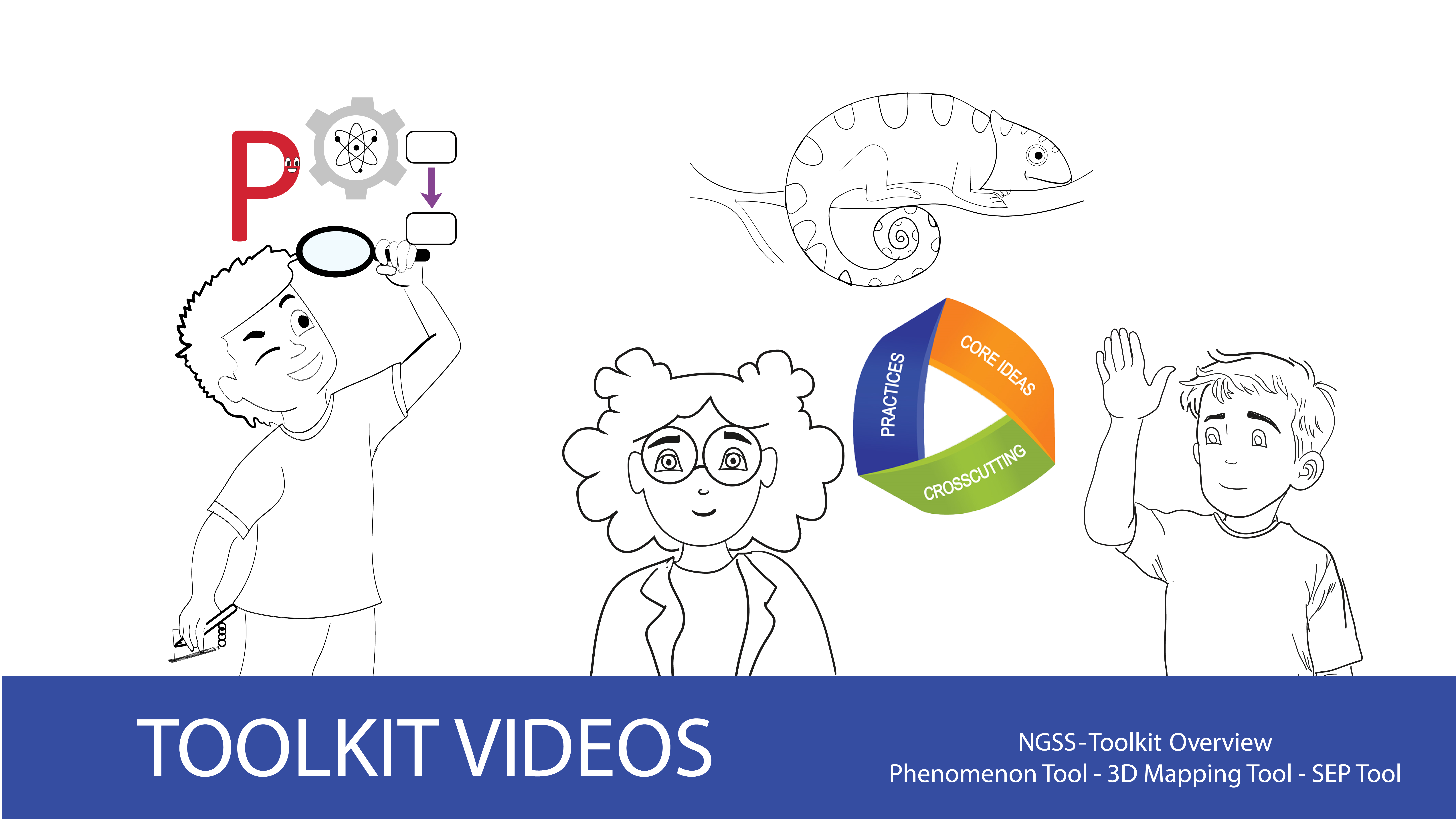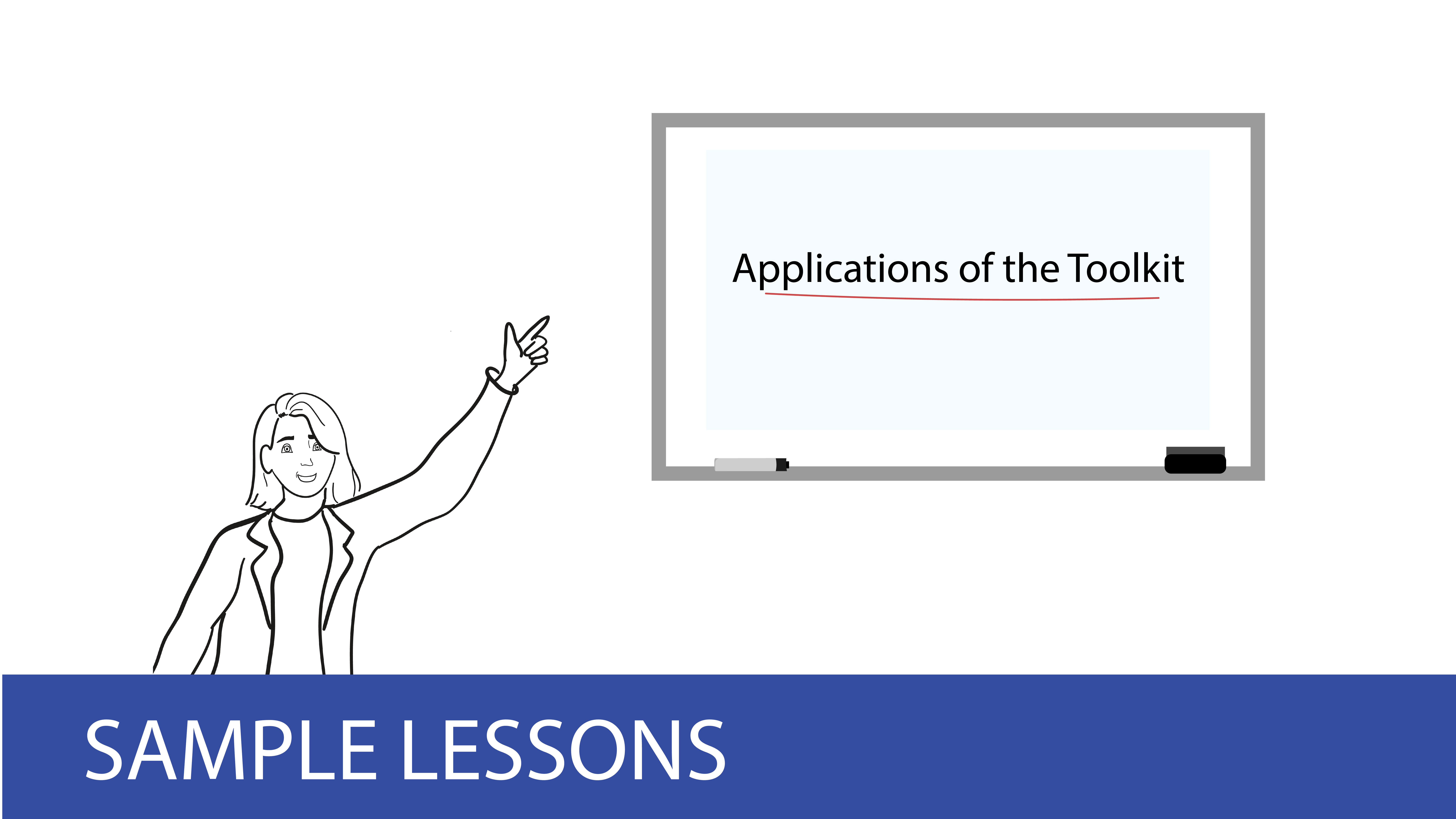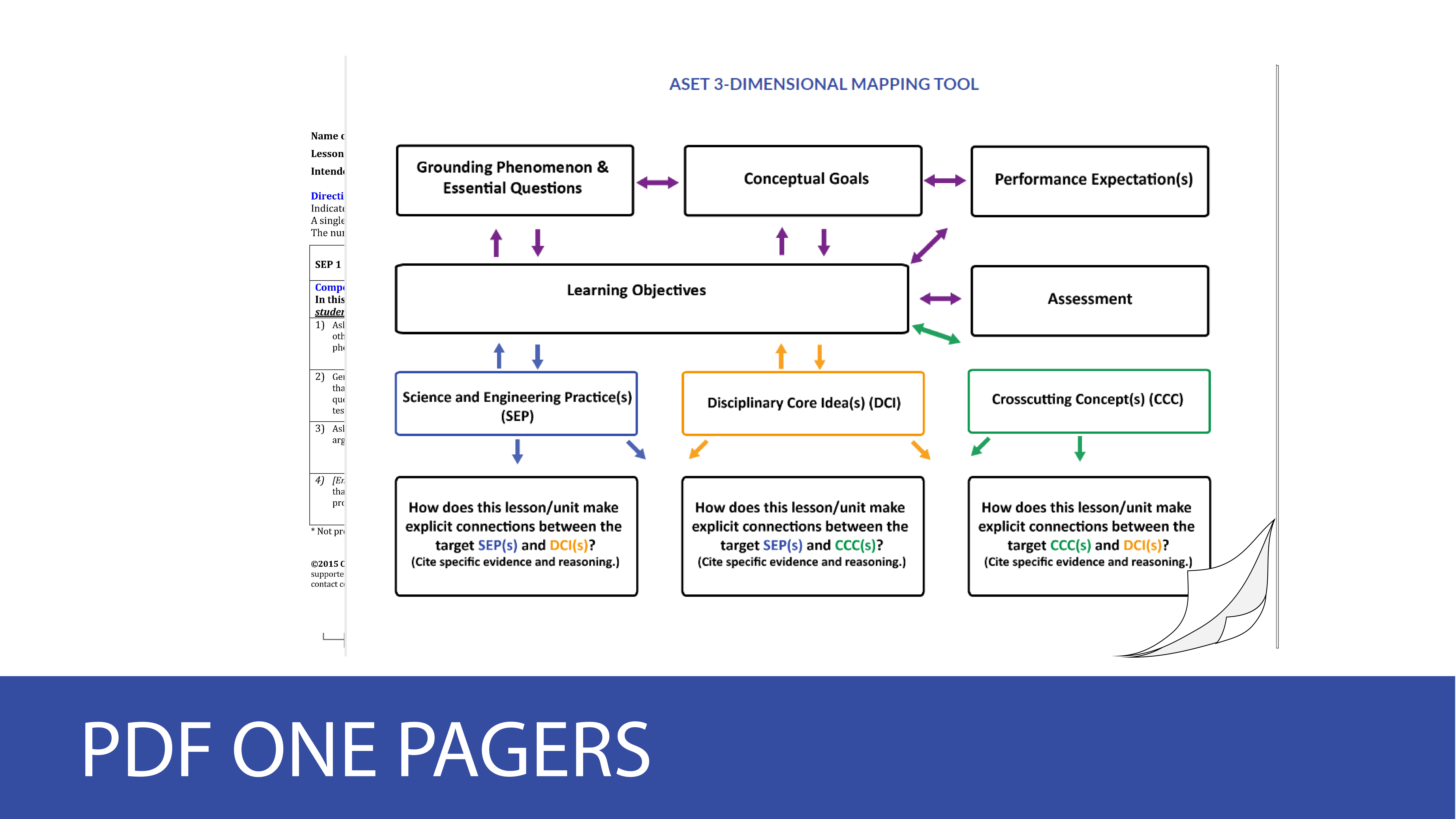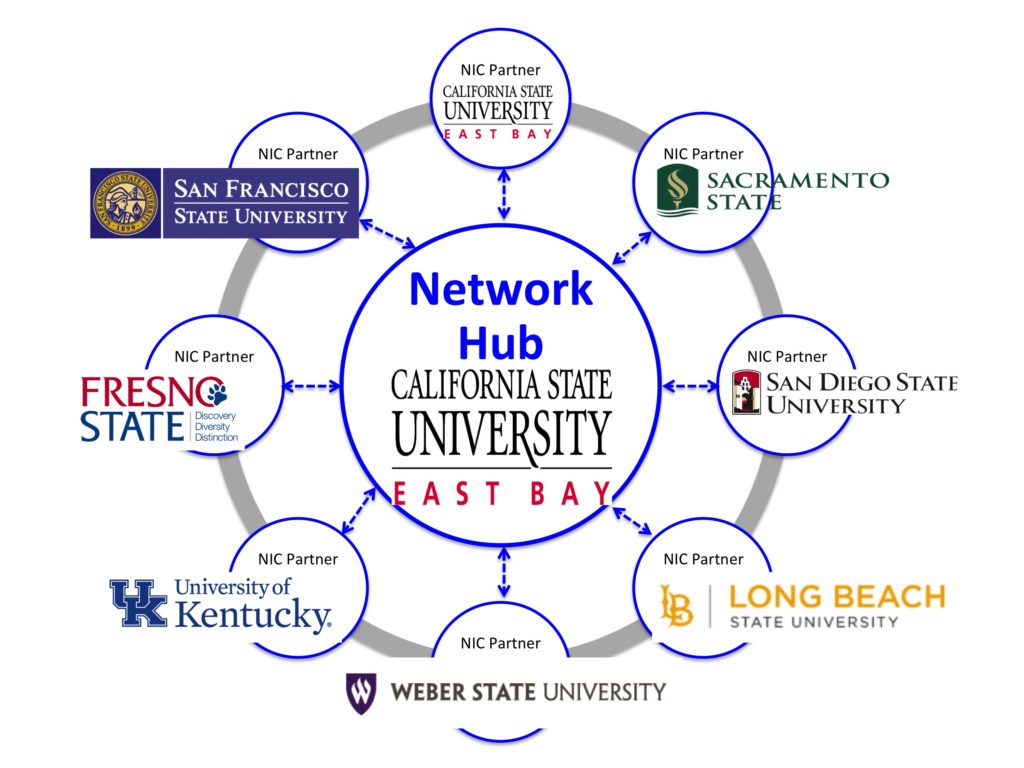
A Networked Improvement Community of Researchers & Educators
Committed to Quality Three-Dimensional Science Education
NGSS Planning Tools
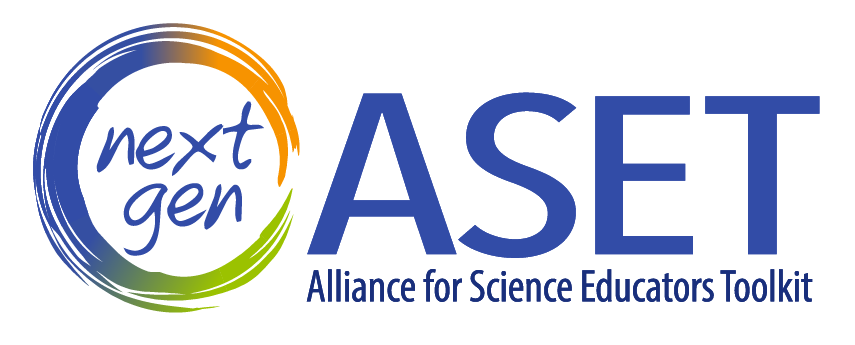
current project
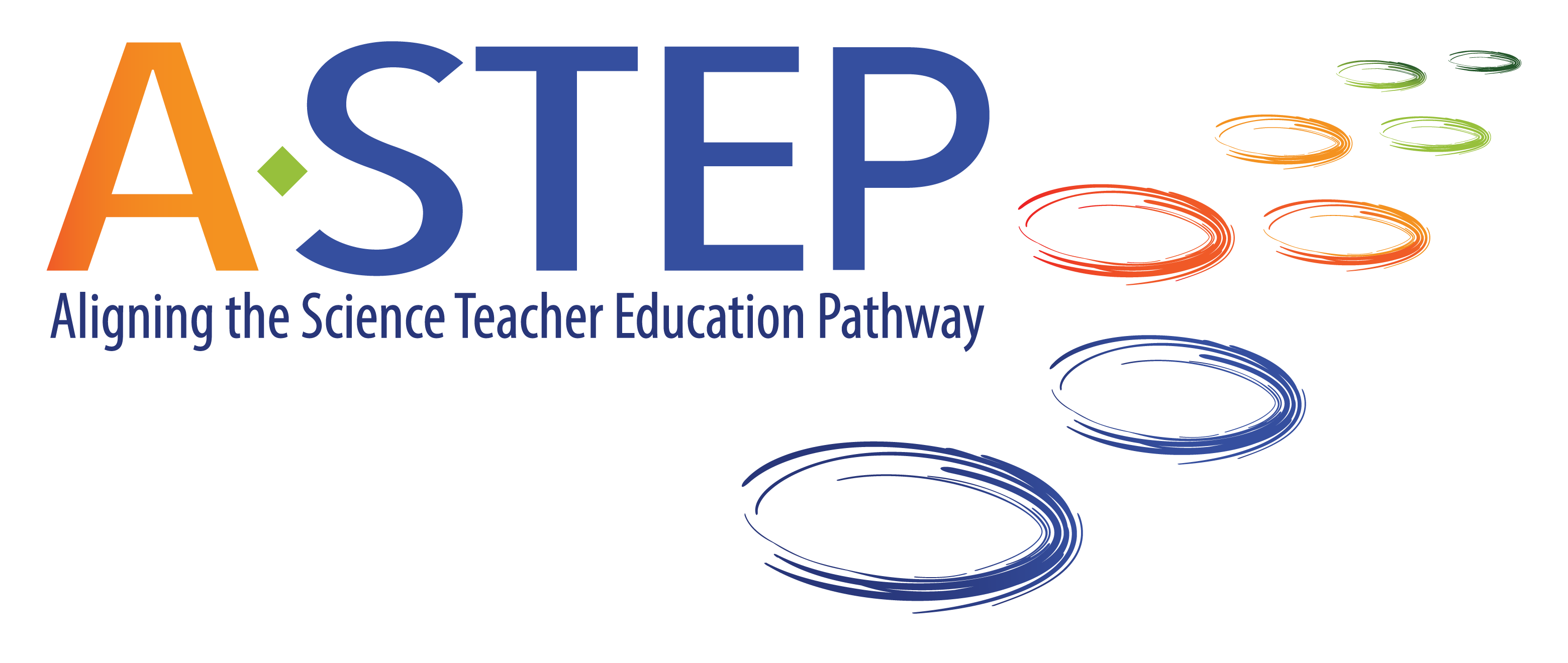
Imagine an interdisciplinary alliance of researchers and practitioners that is focused on continuous improvement of key supports and practices that increase capacity to reform science teacher preparation. Further, this alliance crosses traditional academic barriers by coupling research and practice by prioritizing practical know-how (generalizable across diverse settings) over theoretical knowledge that might improve practice (Bryk, et al, 2015).
The Alliance for Science Educators Networked Improvement Community (ASE-NIC) represents eight universities across the United States that serves as a robust mechanism for accelerated learning, improvement, and dissemination at scale (Bryk, et al, 2015). This team leverages interdisciplinary expertise of NIC partners on a regular basis (i.e., findings from Plan-Do-Study-Act (PDSA) cycles) as a “live resource” (Dolle et al., 2013, p. 444). Data produced in PDSA cycles across the NIC enables all partners to collectively 1) examine variation in diverse teacher preparation programs and 2) continue to improve the tools and the processes for enacting them. Generalizability of findings increases by considering variation and by using variation as an important data source for subsequent PDSA improvement cycles. We use these cycles to improve our science teaching methodologies to address enacting the NGSS & supporting the facilitation of sense making in the science classroom.

